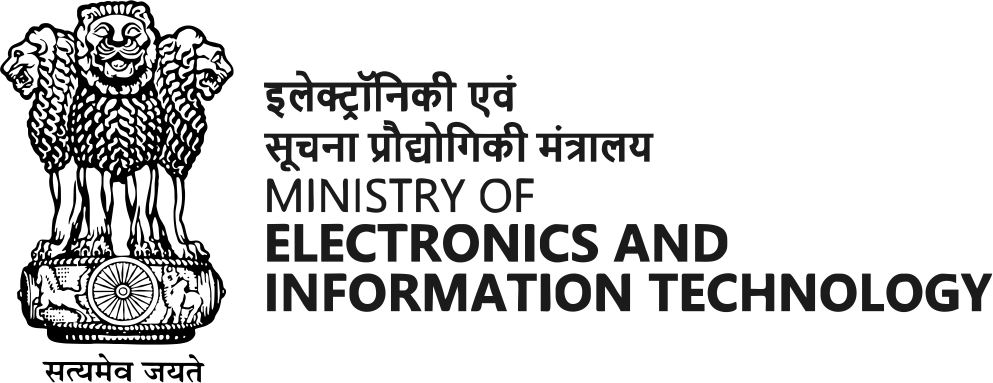Encouraging safe usage of internet
Encouraging safe usage prioritizes the well-being of individuals by promoting practices that protect their security, privacy, and overall online experience. This includes developing critical thinking skills to combat misinformation, safeguarding against online threats, and acting ethically in digital spaces
- Kids need to be safe online for a few reasons:
1. Tricky Stuff Online: The internet can be like a big playground, and just like a playground, there can be things that aren't good for them, like mean people or scary information. Being safe online helps them avoid these things.
2. Protect Their Stuff: Kids have personal information just like grown-ups, like addresses and passwords. Safe internet habits help them keep this information safe from strangers.
3. Avoid Bad Stuff: There are things online that aren't good for kids to see. Safe internet use teaches them how to avoid these things, so they can have a fun and positive online experience.
Safe internet use requires teaching people how to navigate online safely. This includes learning about security threats like malware and scams, but also how to protect their privacy and avoid bad behaviour online. Teachers can help students become responsible digital citizens by providing them with the tools and knowledge they need to stay safe.
Creating a safe online environment goes beyond individual users. Schools and organizations need to take steps to protect users as well. This involves using strong security measures, giving users tools to protect themselves, and working together to raise awareness of online risks. By working together, we can make the internet a safer place for everyone.



